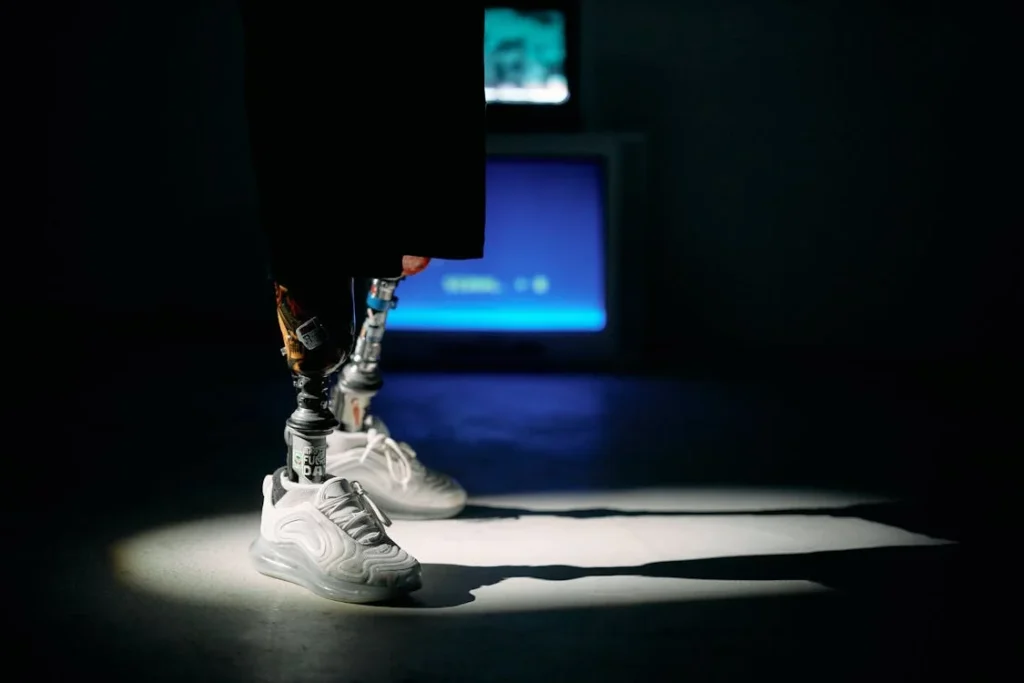When cancer affects the bones or soft tissues in a limb, patients are often faced with one of the toughest decisions of their lives—whether to try and save the limb through surgery, or go ahead with an amputation. It’s not just a medical choice. It’s an emotional one, a personal one, and often a financial one too. There is no right or wrong answer. What matters is understanding what each option really means and making the choice that fits best with your body, your lifestyle, and your future.
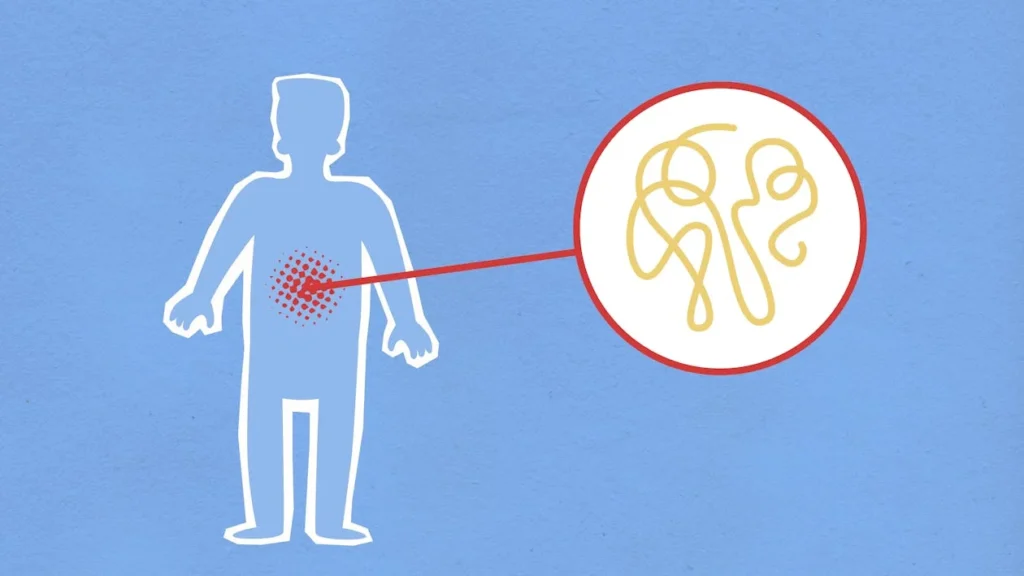
Understanding the Medical Side of the Decision
Before making any choice, it’s important to understand what’s happening inside the body. Cancer in the limbs usually begins in the bones or soft tissues like muscles, nerves, or fat.
These cancers are often called sarcomas. They can grow slowly or quickly, and how far they spread can affect what treatment options are available.
What Doctors Look at First
When doctors first find cancer in a limb, they look at where the tumor is, how big it is, and whether it has spread to other parts of the body.
If the tumor is small and hasn’t touched important blood vessels or nerves, doctors may try to save the limb. If the tumor is very large or growing around critical parts of the body, saving the limb may be too risky.
Doctors also consider the type of cancer. Some cancers respond well to chemotherapy or radiation before surgery. That can shrink the tumor enough to make limb salvage possible.
But if the cancer doesn’t respond or grows quickly, doctors might recommend amputation to prevent it from spreading further.
The person’s age, health, and how well they can handle a long recovery also matter. Some surgeries take longer and require more time to heal. Not everyone is physically or emotionally ready for that. These things all go into the decision.
What Is Limb Salvage Surgery?
Limb salvage surgery means removing the cancer but keeping as much of the arm or leg as possible. This often involves taking out the tumor, nearby bone, and sometimes some muscle or skin.
Surgeons then rebuild the limb using metal implants, bone grafts, or a mix of both. The goal is to remove the cancer fully while giving the patient a working limb.
This surgery can take several hours. Sometimes, plastic surgeons also help by reshaping the area or covering it with healthy tissue from other parts of the body.
After surgery, there’s a long period of healing and physical therapy. The limb may not work exactly the way it did before, but in many cases, it can still support walking or movement.
What Is Amputation?
Amputation means removing the part of the limb where the cancer is located. This may seem like a more drastic option, but it can be the safer choice in some situations.
When the cancer is too large or too close to vital structures, amputation may offer a better chance at removing it completely.
After the limb is removed, the wound is closed, and once it heals, the patient can be fitted for a prosthetic. Modern prosthetics are designed to look and feel as natural as possible.
With the right support, many people walk, work, and live fully independent lives using a prosthetic limb.
Amputation is usually followed by rehab and therapy too, but the overall recovery period can sometimes be shorter than limb salvage—especially if there are fewer complications.
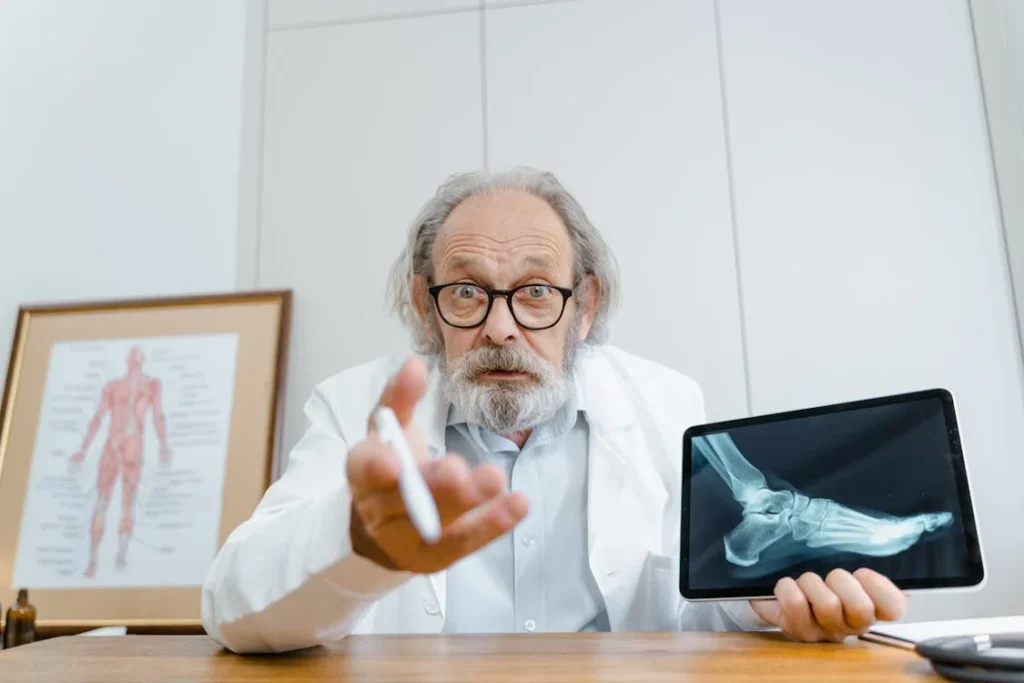
Factors That Influence the Decision
Choosing between limb salvage and amputation isn’t just about the tumor. It’s also about the person. Their body, their mindset, their family situation, and even where they live all play a role.
While doctors guide the process, the patient and their loved ones are at the heart of the decision.
Physical Health and Fitness
If someone is generally healthy and can handle a long surgery and months of rehabilitation, limb salvage may be a strong option. It often requires more time in the hospital and more effort during recovery.
But if the person is older, has other health problems, or isn’t able to handle a lengthy recovery, amputation may be safer and more effective.
Doctors also look at how well a person might heal. If someone has diabetes, poor blood flow, or weak immune health, it might be harder for wounds to close or bones to heal after limb salvage.
In such cases, an amputation can sometimes offer a cleaner and faster recovery with fewer risks.
Location of the Tumor
Where the tumor sits in the limb makes a big difference. If it’s close to a joint, like the knee or elbow, or wrapped around blood vessels and nerves, it’s much harder to remove without damaging those parts.
In these cases, limb salvage may not offer the function people hope for, and the final outcome may not be worth the struggle.
Sometimes, even if a limb is saved, the patient may still need to wear a brace or walk with help. If the function after limb salvage is limited, some patients prefer amputation with a well-fitted prosthetic, which can offer better mobility.
Emotional Readiness
Emotionally, this decision can be overwhelming. Many people have a strong desire to keep their limb if possible. It feels like a part of their identity. The thought of losing it can be scary and heartbreaking.
But it’s also important to think long-term. Some patients go through limb salvage surgery and still experience years of pain, multiple operations, and frustration with movement.
Others who choose amputation say that, after the initial emotional pain, they found peace and strength through rehabilitation and a supportive prosthetic team.
Patients who are mentally ready to face a longer road and accept that the saved limb might not function perfectly often choose limb salvage.
Those who want a more predictable outcome with fewer long-term complications may choose amputation.
Family and Support System
Recovery from both limb salvage and amputation requires support. But limb salvage, in particular, demands more help at home. There might be dressing changes, wound care, help with walking or bathing, and daily rehab exercises.
If the person has strong support at home—family, caregivers, or even community help—then limb salvage can be more manageable. If they’re alone or have limited help, it might be harder to recover fully, which can affect long-term results.
Amputation requires support too, especially in the early days after surgery. But once healing is complete and the prosthetic is fitted, many people become quite independent. They can return to routines, jobs, and hobbies with fewer physical limits.
Financial Impact
Cost is another big factor. Limb salvage surgery tends to be more expensive at the start. The surgery takes longer, often requires a larger team, and uses special implants or grafts.
There may be repeat surgeries, longer hospital stays, and more frequent imaging tests. Then comes the cost of physical therapy, travel for appointments, and medications for pain or infection.
Amputation, by comparison, may cost less in the beginning. But it’s important to remember that prosthetics are not cheap. A good-quality limb, especially one with better movement and comfort, may cost a few lakhs of rupees.
These devices also need to be replaced every few years, especially for growing children or active adults.
Some families choose limb salvage hoping to avoid the ongoing cost of prosthetics. Others choose amputation, knowing that they can plan and budget for future prosthetic updates over time.
In both cases, financial planning and access to insurance or government help are important to consider.

Life After Treatment: What Patients Can Expect
Choosing between limb salvage and amputation doesn’t end with surgery. In many ways, life after treatment is where the real journey begins. It’s about adapting, healing, and finding new strength—physically, mentally, and emotionally.
Recovery and Rehabilitation
After limb salvage surgery, the recovery is usually longer. The body needs time to heal the area where the tumor was removed. If bone was taken out, it needs to either fuse with grafted bone or adjust to a metal implant.
Muscle and skin also need to heal, especially if plastic surgery was part of the operation.
Physical therapy is essential. It helps restore movement, improve strength, and reduce stiffness. In some cases, it can take a year or more to regain comfortable use of the limb.
Even then, some patients may always have limited range of motion or difficulty walking long distances. Others recover well and feel happy with their decision, despite the challenges.
In the case of amputation, the healing process is usually shorter. Once the surgical wound closes, the focus shifts to preparing the body for a prosthetic limb.
This includes strengthening the remaining muscles, improving balance, and learning how to move differently.
Rehabilitation for prosthetic use is more about training the brain and body to work together in a new way. With time and practice, many users grow confident and even forget they’re wearing a device.
While some activities may feel harder, many patients adapt faster than expected.
Long-Term Health and Function
One major concern for oncology patients is the risk of cancer coming back. This risk exists in both options, but the way it’s managed may differ.
In limb salvage, if a recurrence happens in the same area, there’s a chance the limb may still need to be amputated later. That’s why regular scans and check-ups are critical.
With amputation, the risk of local recurrence is often lower because more tissue is removed in the original surgery. Still, follow-ups are just as important.
Doctors will keep checking for signs of cancer elsewhere in the body, especially in the lungs, where sarcoma can sometimes spread.
From a functional point of view, success depends on what “success” means to the person. For some, being able to walk a short distance with their natural leg is worth it.
For others, walking longer distances or returning to work quickly matters more, and they may find prosthetic use to be more practical.
Psychological Well-Being
Both paths have emotional highs and lows. With limb salvage, there’s relief in keeping the limb—but sometimes disappointment when movement doesn’t return fully.
For some patients, ongoing pain or weakness becomes a source of frustration or regret.
With amputation, the early emotional shock is real. Many patients go through a grieving process. But over time, as they adjust and regain independence, their mental health often improves.
They begin to focus less on what they’ve lost and more on what they’ve regained.
Support from psychologists, peer groups, or even casual conversations with other cancer survivors can make a huge difference. Talking openly about fears, struggles, and victories helps normalize the journey and reduce feelings of isolation.
Impact on Career and Daily Life
Returning to daily life is often a big concern for patients, especially those who work with their hands or are on their feet all day.
After limb salvage, it may take a while before a person can go back to their job, especially if it involves physical labor. Some may need to switch roles, reduce hours, or change careers altogether.
Amputation also comes with adjustments. For desk jobs, the return can be quick. For jobs requiring mobility, it depends on the type of prosthetic and the support available.
Some people find that prosthetics give them more freedom than they expected, while others may need a little more time to rebuild their stamina and confidence.
Daily tasks—like bathing, driving, or cooking—can all be relearned in time. Tools, home modifications, and therapy can all help people find new ways to do familiar things.
With patience, many cancer survivors return to a full and meaningful life after either path.
Family and Social Life
Cancer doesn’t only affect the patient. It touches everyone around them—spouses, parents, children, and friends. Families often play a key role in recovery.
They offer encouragement, help with everyday tasks, and provide emotional strength during tough moments.
For patients who go through limb salvage, the family may need to help more in the early stages, especially during long therapy sessions or if repeat surgeries are needed.
For those with amputations, family support is also crucial—particularly when learning to use a prosthetic or adapting to a new body image.
In both cases, open communication helps. Letting family members know what’s needed—and what’s not—can keep relationships healthy and respectful. It also helps reduce misunderstandings and feelings of helplessness on both sides.
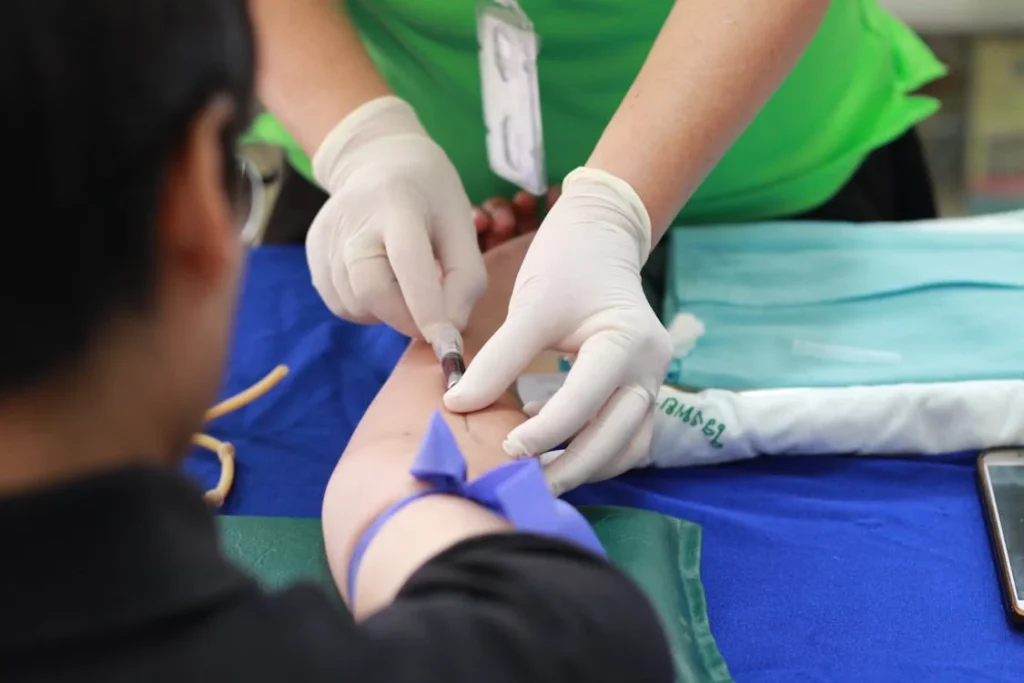
Role of the Medical Team in Decision-Making
Choosing between limb salvage and amputation isn’t something patients have to face alone.
In fact, one of the most important parts of the journey is the medical team—the doctors, surgeons, physiotherapists, oncologists, and counselors who help guide the process step by step.
The Orthopedic Oncologist
For most bone and soft tissue cancers, the orthopedic oncologist plays a leading role. They specialize in treating tumors in the limbs and are the ones who will review scans, decide how far the cancer has spread, and plan the surgery.
They help patients understand what parts of the bone or tissue can be saved and what will need to be removed. Their main focus is always on removing the cancer fully.
Orthopedic oncologists work closely with other specialists to explore all options. If they believe that the cancer can be removed without damaging the major nerves or blood vessels, they may suggest limb salvage.
But if the tumor is too aggressive, large, or in a dangerous spot, they may lean toward amputation to reduce the risk of leaving cancer behind.
The Surgical Team and Plastic Surgeons
Limb salvage often requires teamwork. Alongside the main tumor removal, plastic surgeons may be brought in to help reconstruct the limb.
They can transfer healthy tissue from other parts of the body, create skin flaps, and help close the surgical area. This teamwork can improve both appearance and function after surgery.
The surgical team’s role is not just technical—it’s also educational. They answer questions, explain risks, and talk about what recovery may look like for each option.
A good surgical team will not push one option but will present both sides honestly, helping the patient make a decision based on facts, not fear.
The Role of the Oncologist
The oncologist handles the cancer treatments that come before and after surgery, such as chemotherapy or radiation. These treatments can shrink the tumor, making limb salvage more likely, or reduce the risk of cancer coming back after surgery.
Sometimes, a tumor shrinks so much during chemotherapy that a patient who was originally advised to consider amputation can now go through limb salvage instead.
This makes the oncologist’s opinion very important in the decision-making process. They also help manage side effects from cancer treatment, which can influence how well someone recovers from either surgery.
Rehabilitation Specialists and Physiotherapists
Once surgery is complete, a whole new team comes into play—rehabilitation specialists, physiotherapists, and occupational therapists. They focus on helping the patient regain strength, movement, and confidence.
For limb salvage patients, therapy is often more complex. It may include joint training, muscle strengthening, and exercises to restore coordination. The goal is to help the saved limb work as well as possible.
For amputees, therapy is focused on using the remaining limb, balancing posture, and learning how to use a prosthetic limb.
It also includes practical training for everyday tasks—walking, climbing stairs, dressing, and more. A strong rehab team can make the difference between just surviving and truly living well after cancer treatment.
The Counselor or Psychologist
It’s easy to focus on physical health, but mental and emotional health is just as critical. Losing a limb or going through a life-threatening surgery is deeply personal.
Patients may experience anxiety, sadness, or fear about how others will see them or how they will move forward in life.
Counselors and psychologists are there to listen and support. They help people face their emotions, deal with uncertainty, and work through grief.
For some, this support can help reduce stress, speed up recovery, and improve how they adapt to life after treatment.
Family members also benefit from emotional support. When a loved one is in pain or struggling, it’s common to feel helpless. Talking to a professional can help caregivers stay strong and avoid burnout.
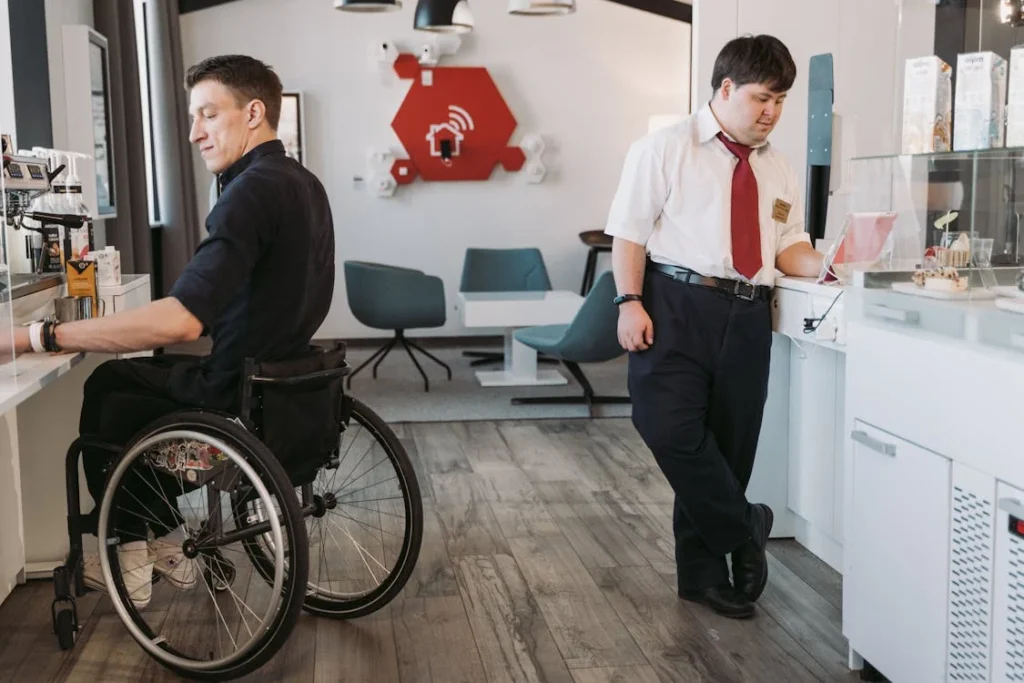
Community, Awareness, and Support Systems
As much as the medical journey is clinical, the human experience goes far beyond the hospital. The strength of a community, the quality of support services, and the level of public awareness around cancer and limb differences can change the way a person heals and thrives after treatment.
Importance of Peer Support
There’s something powerful about speaking to someone who has been through it before. Peer support groups—whether online or in-person—give patients a space to talk freely, ask honest questions, and hear real stories of recovery.
For someone facing amputation, talking to another amputee who’s now living independently can be inspiring and reassuring.
For those considering limb salvage, hearing about another person’s journey—both the good and the difficult—can help set realistic expectations.
In India, such support networks are slowly growing, with more survivors coming forward to share their stories.
Hospitals, rehab centers, and NGOs are starting to host group sessions and mentorship programs to connect patients with others who understand what they’re going through.
Access to Information
Sometimes, the hardest part of the journey is not knowing where to start. Patients and families may struggle to understand medical terms, find financial help, or locate a good prosthetic provider.
This lack of information can delay decisions or lead to unnecessary fear.
Improved awareness—through hospital guides, reliable websites, or dedicated patient counselors—helps fill this gap. When patients know what to expect, they feel more in control.
They’re more likely to follow through with therapy, attend follow-up appointments, and speak up when they need help.
Families also benefit when they’re included in the conversation. It helps them prepare for their role as caregivers and gives them the confidence to support their loved one the right way.
Looking Ahead: Living Beyond the Decision
Once the treatment is over and healing has begun, a new chapter starts—life beyond the decision. Whether a patient has gone through limb salvage or amputation, the focus shifts toward rebuilding their life.
For many cancer survivors, this means rediscovering how to move, how to work, and how to reconnect with the world in a new way.
Returning to Daily Life
Most patients want to get back to doing the things they love—whether that’s working, spending time with family, or enjoying small hobbies.
This return looks different for everyone. For some, it’s about walking again without pain. For others, it’s simply about feeling like themselves again.
Those who went through limb salvage often continue with exercises for strength and flexibility. Some will always need to pace themselves, rest more often, or avoid certain movements.
But many lead full, active lives and return to jobs, parenting, and community roles.
Those who went through amputation may take a little time adjusting to the prosthetic, but once they do, many discover new forms of independence.
Some even explore sports, outdoor activities, or new careers. The journey may not be easy, but with the right tools and support, most people find their rhythm again.
Newfound Strength and Resilience
No matter the outcome, cancer survivors often talk about the strength they didn’t know they had. Making a choice between limb salvage and amputation isn’t just about medical facts—it’s about facing fear, holding onto hope, and choosing the life you want to live.
Over time, many survivors become advocates, mentors, and even leaders in their communities. They help others make informed choices, break down stigma, and show the world that life after cancer isn’t about limits—it’s about adaptation, courage, and growth.
Conclusion
For oncology patients facing cancer in a limb, the decision between limb salvage and amputation is one of the most personal and powerful choices they will ever make. There is no easy answer and no one-size-fits-all solution. What matters most is understanding the facts, exploring the options, and thinking deeply about what kind of life feels meaningful after treatment.
Limb salvage can offer the hope of keeping the natural limb, but it comes with a longer recovery, more complex surgery, and possible physical limitations. Amputation may sound more severe, but it can provide a clearer path to mobility, faster recovery, and better quality of life for some—especially when paired with a well-fitted prosthetic and strong rehabilitation.
Ultimately, the best decision is the one that reflects the patient’s values, goals, and reality. With the guidance of a trusted medical team, the support of family and community, and access to good rehabilitation, survivors can move forward—not just in recovery, but in life.



